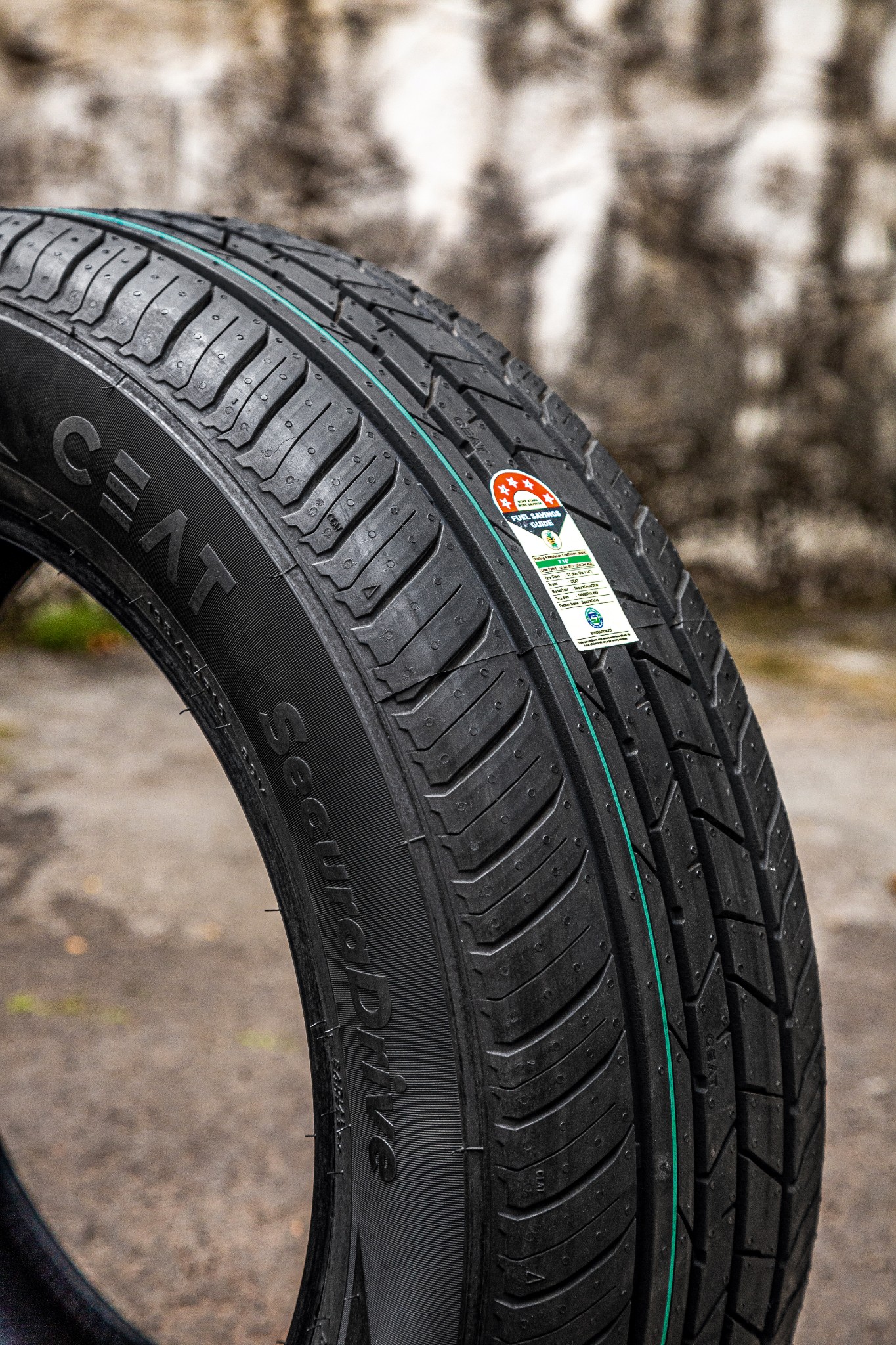CEAT Tyre label rating system explained | 5-Star rated tyres
The government has taken it upon itself to simplify the tyre buying process with new tyre label ratings. But what does the label rating mean? We break it down for you.

Have you ever tried to buy tires? You look up reviews online, ask if your friends have tried them, and also pay attention to what a tyre salesman has to say, which might be incomprehensible to you. But in reality, the only way to truly understand how a tyre performs, is to slap it onto your car and test it out yourself. The Ministry of Power’s Bureau of Energy Efficiency (BEE) though, is leading the charge to make things simpler for you, the end user, by implementing a label rating system that informs you of the tyre’s capabilities. Ratings on labels are not new. They are on our microwaves and refrigerators. They provide information and facilitate purchasing decisions. And these new labels ought to make things simpler. How do you interpret these label ratings, though, and what do they mean?
 Tyre rating label
Tyre rating labelA label rating has a star rating right on the top, which is given on the basis of rolling resistance. What is rolling resistance? In essence, this is the effort a car needs to keep a tyre moving forward. It depends on a variety of factors, including the tyre compound, shape, tread pattern, heat, and even an aspect that might seem unimportant, such as air pressure. The most significant impact of rolling resistance is on a car’s fuel efficiency. The amount of energy required to keep the car moving increases with resistance, which also increases fuel consumption. In order to determine how well a tyre performed in the rolling resistance tests, all you need to do is look at the star ratings; the lower the score, the better a tyre has performed. CEAT’s SecuraDrive tyre has received a perfect five-star rating. In addition to the SecuraDrive line, CEAT also offers this label rating on the FuelSmart, SportDrive SUV, and CrossDrive AT tyres. In fact CEAT is among the first tyre manufacturers in India to issue label ratings across its multiple products. Even the rolling resistance coefficient value is listed on the label, which makes it easier to compare various tyres. A rolling coefficient of 8 to 0 earns a five-star rating. Anywhere from 8.1 to 9 receives four stars. Anything after 12 receives a score of 0 stars. You’ll see that the rating even has a “Label Period”, after which the BEE will test and recertify the tyre. The label period is the rating’s validity period. In addition, the label rating also indicates the tyre’s class, C1 for example, is for passenger vehicles. Finally, there’s also the size of the tyre, the brand, the model, and its year of manufacture. While rolling resistance is what determines the star rating, these tyres must also meet minimal requirements for wet grip and noise in order to be considered for a rating. These two factors are crucial since wet grip has a direct impact on road safety, whilst noise is something that affects the comfort of the driving experience.

CEAT does these tests in its own government approved test facilities. So keep in mind that label ratings on tyres will simplify your search the next time you’re out shopping for tyres. Although a five-star rating indicates that it will provide you with the best fuel efficiency, you should always check to see if the tyre also has strong wet traction and low noise levels. And with all this information, you can make a fully informed decision on what tyre should go on your car next!


